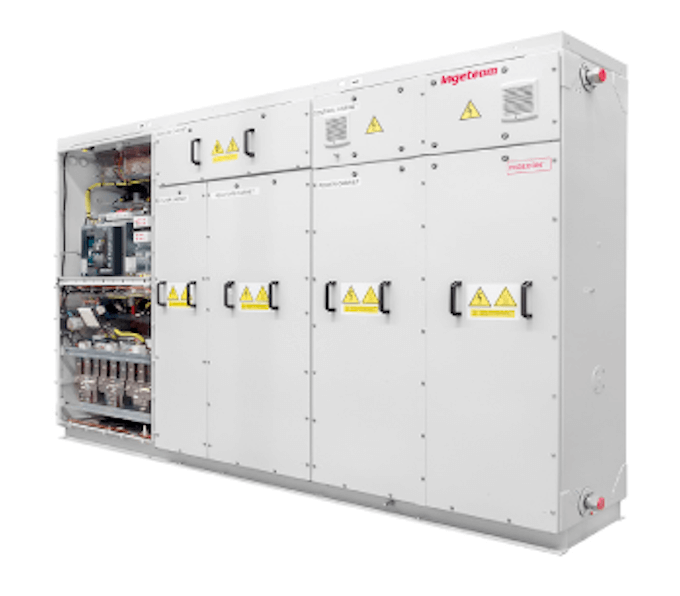Ingeteam Wind Energy, a global company that specializes in wind energy drivetrain technology, says its firmware development methodology has been shown to significantly reduce the critical on-site validation and certification phase thanks to its robust qualification process. This speeds up the time to market and commercial production capacity of new wind farm developments while ensuring reliability in the field.
Securing the transmission capacity and interconnectivity of new wind turbines to the grid is a crucial moment during the installation of any new wind farm. This critical phase often involves up to six months of field tests to ensure that all the elements are working properly before the wind farm achieves full certification. At the heart of this process is the power converter connecting each turbine to the transmission network. The firmware program within the converter controls and ensures the correct electrical behavior and safe operation of the electrical grid – which is why its behavior must be rigorously tried and tested prior to installation.
“The constant evolution of grid codes and the unique grid conditions of each wind farm mean that firmware is increasingly complex,” says Eduardo Sanz, technical services product manager of R&D power converters at Ingeteam. “Any unexpected behavior can lead to serious issues affecting production availability, grid code compliance and even damage to turbine components. Our detailed step-by-step testing and validation methodology ensures that the controller and the production code are fully tested during the development stages. This minimizes the on-site validation and certification phase, reduces time to market and overall installation costs, ensuring peace of mind.”
Ingeteam says its validation process uses advanced simulation models to ensure their operation is reliable and deterministic. Specially adapted to meet each customer’s precise requirements, the firmware development procedure involves an iterative qualification process. Using software-in-the-loop (SiL) and hardware-in-the-loop (HiL) validation procedures, any issues found during the validation stage are quicky fed back into the development stage to be corrected.
The SiL models allow detailed debugging down to individual breakpoints on the source code, while the HiL simulations, using real-time execution, provide full software and hardware controller integration testing. The clear advantage of this step being that the firmware tested is exactly the same as the firmware released to production.




